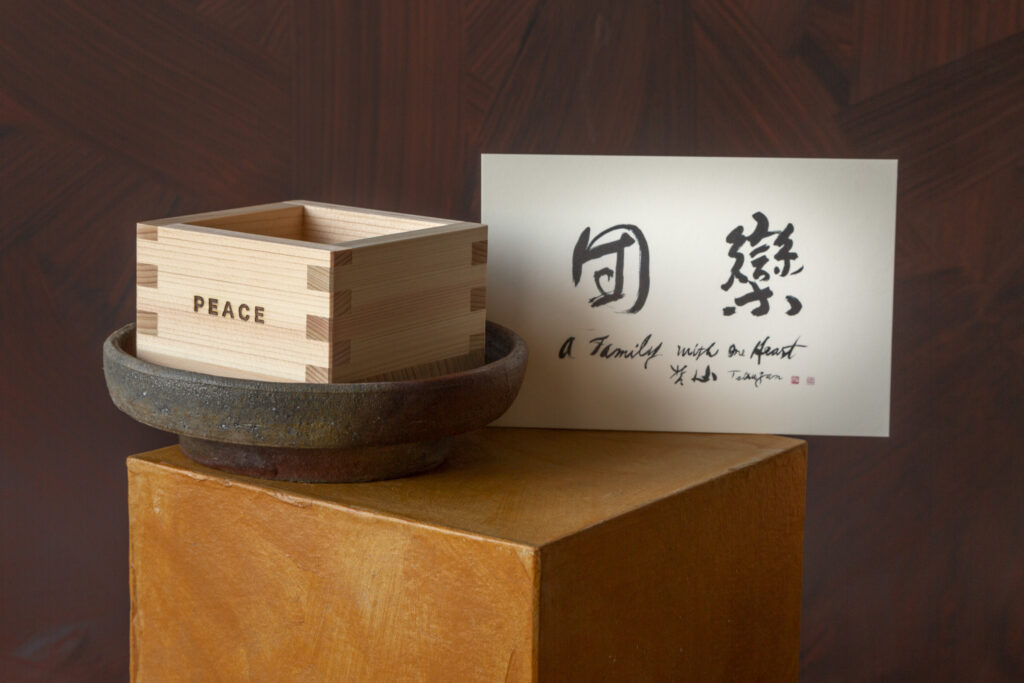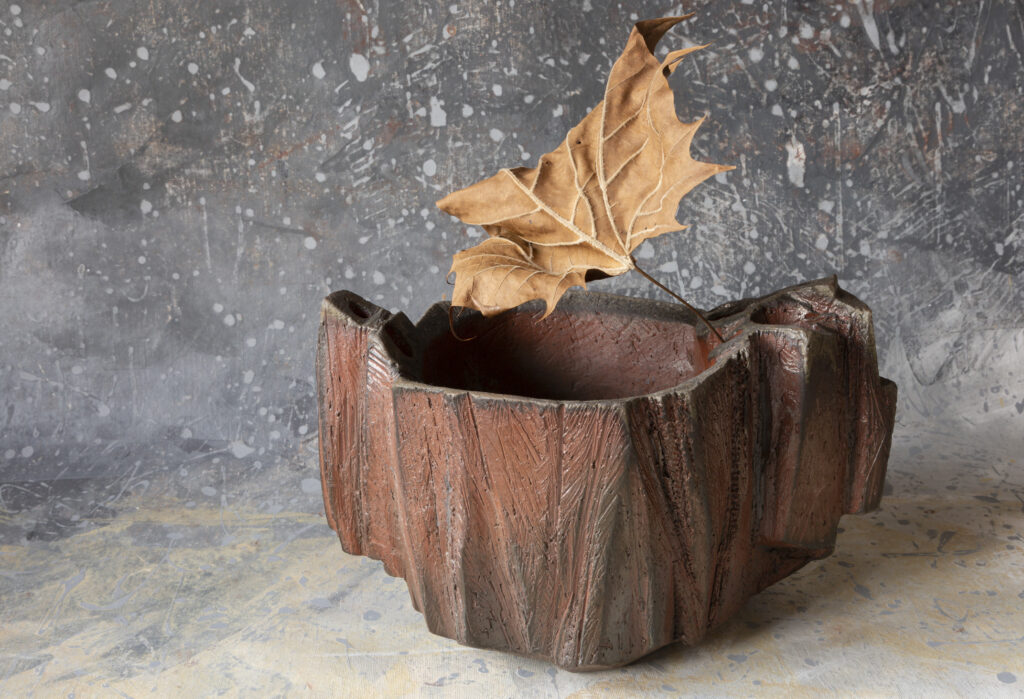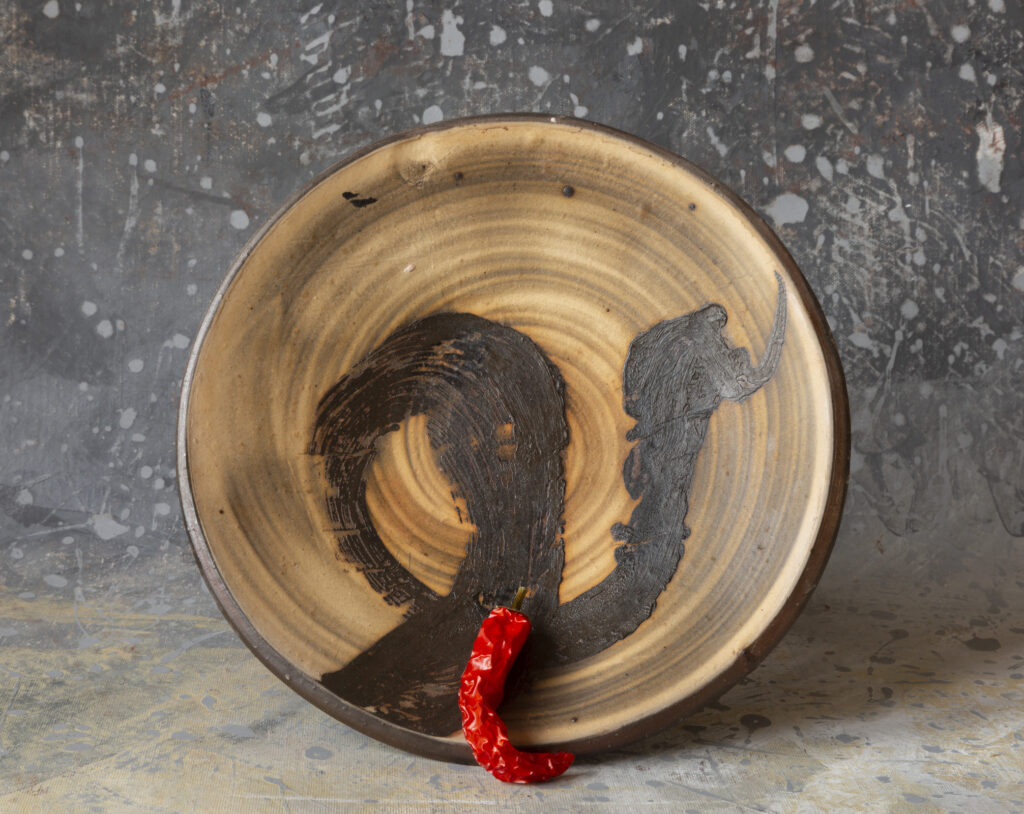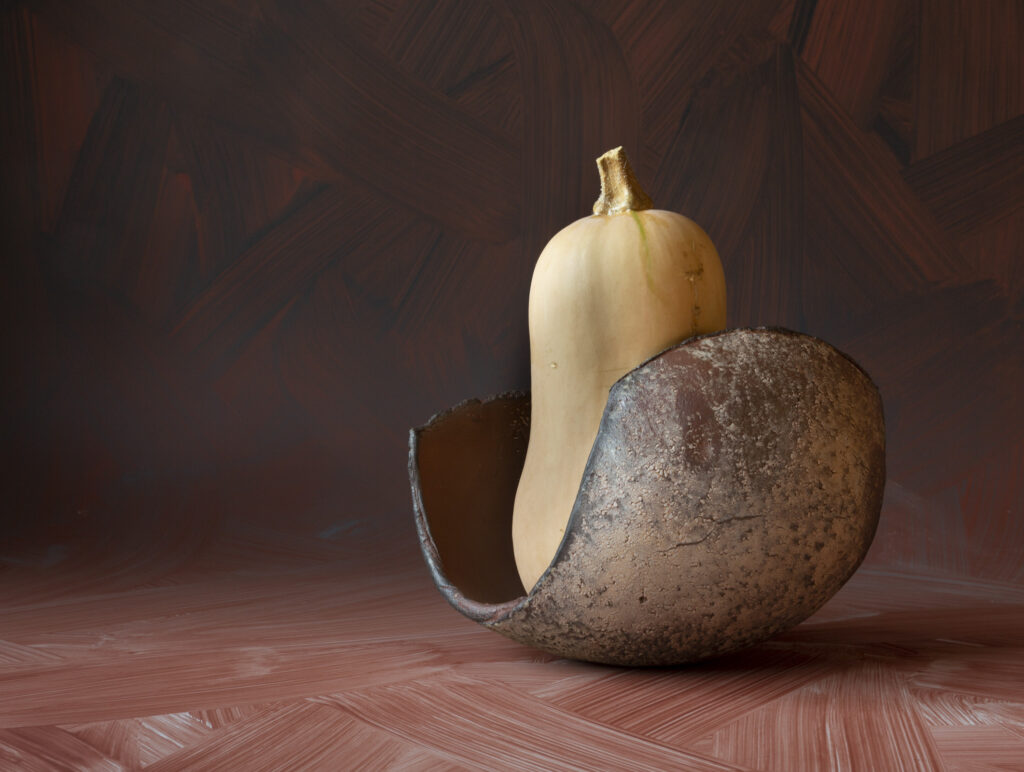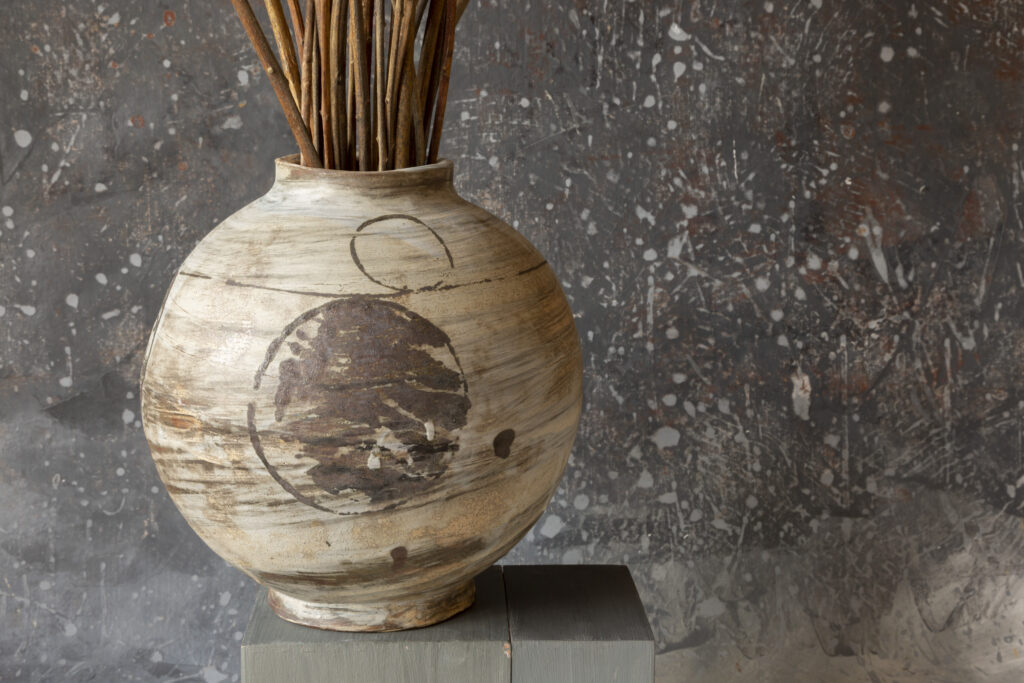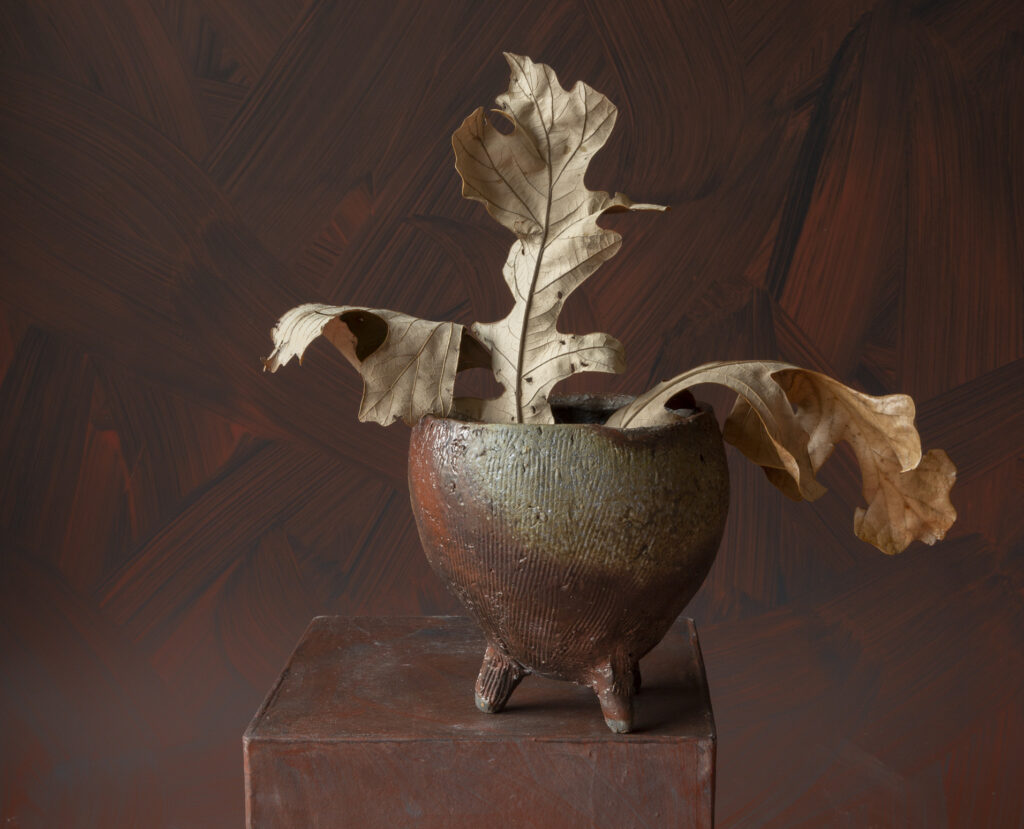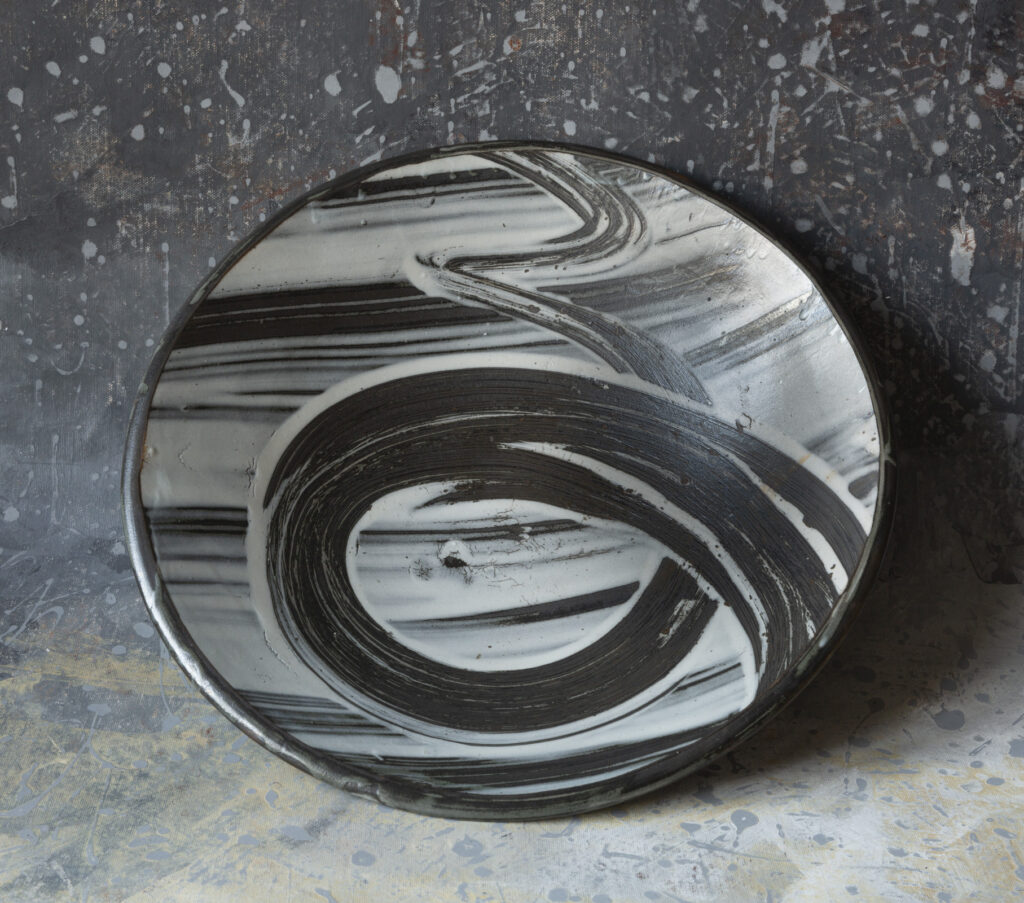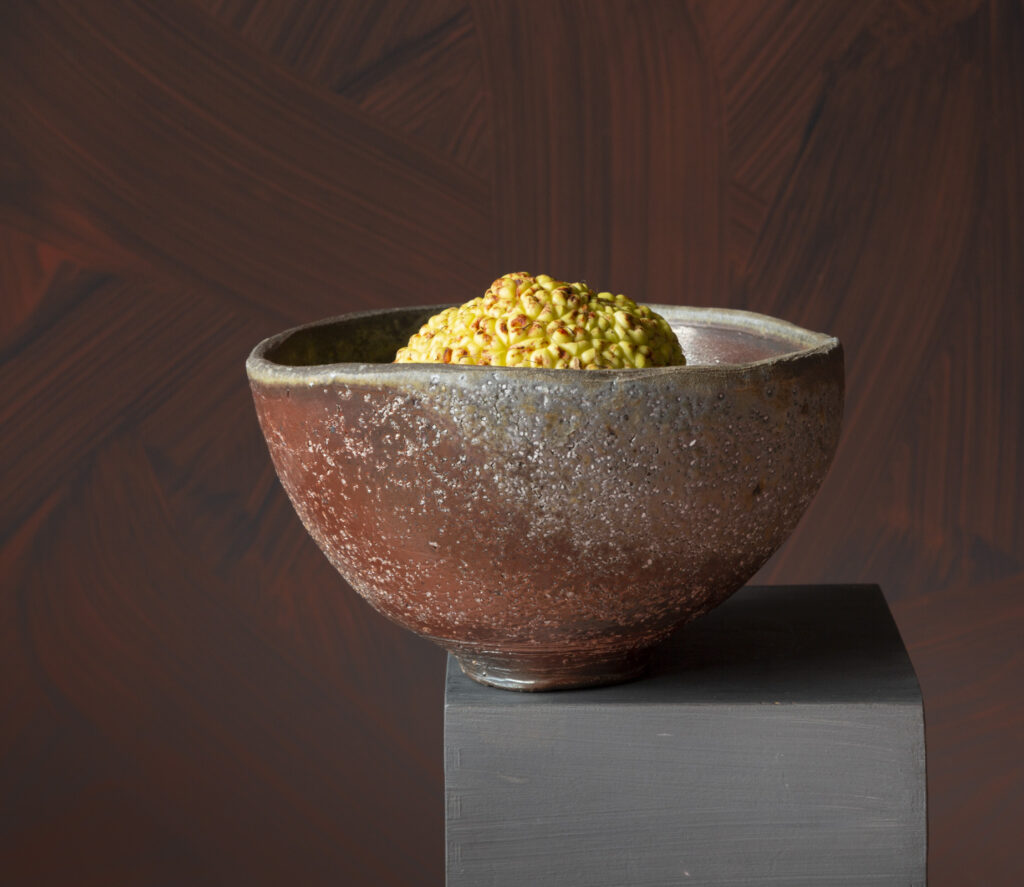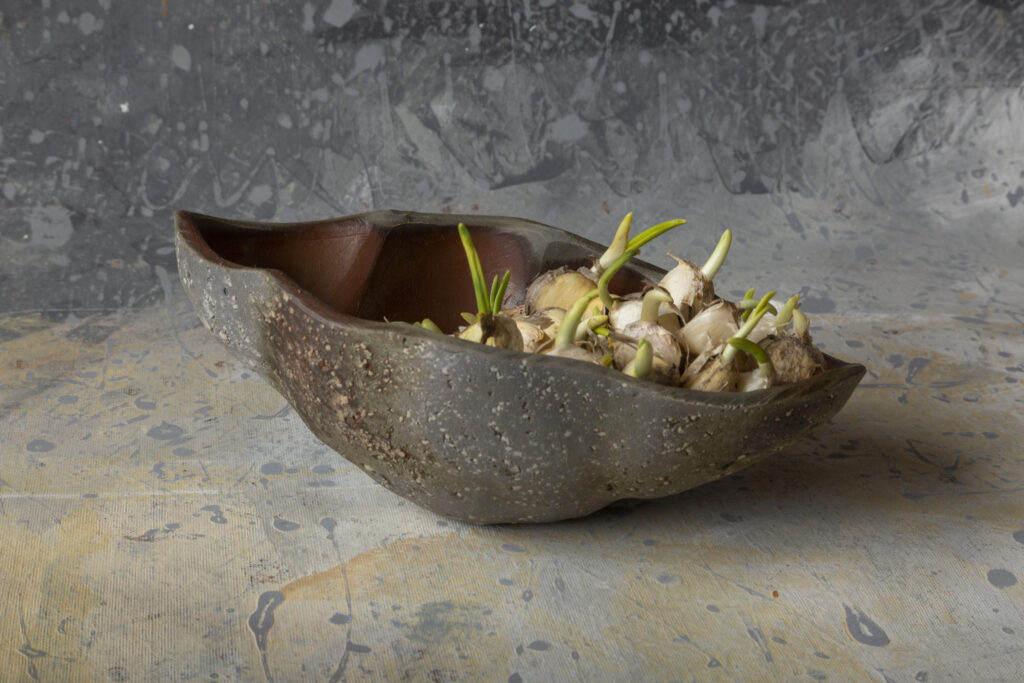I have boxes of my mother’s poetry archives. I dip into these pages every now and then and it feels like time travel. The writing is not always coherent or pretty, but it was a fire that kept her going. Sometimes I open a folder and find her words about experiences I had no idea she was pondering. These pages of poems set my mind ablaze. It’s a privilege to visit with my mother’s mind again.
There was a period of time before Mikio got sick when he liked to make Japanese breakfast for us. Sometimes we would meet him at the restaurant in Soho for breakfast. At other times he would visit us in Virginia and he would make breakfast laughing at our poor quality of mirin or enjoying the greens from our garden, adding umeboshi (pickled plums) from Kyushu. One time we met for breakfast in Kyoto at his mother’s house. He was jet-lagged arriving from New York and I was departing to head back to the states. He told me that when he was in Japan he would make breakfast and write a poem for the day. I began to send him bits of poems I was reading and enjoying that spoke of the day, the light, and the season. At some point he carefully thanked me for my missives but gently suggested that I write my own poems.
Sometimes I think poems are what help us deal with our regrets, for instance, that I did not send him my own poems or I did not appreciate my mother’s poems enough in her lifetime. At other times it feels like experience has been burned into my being. Writing is like gathering firewood, getting thoughts down keeps me warm like my bonfires. Forgetting is not an option for me, so I write my own truths using the currency of memory.
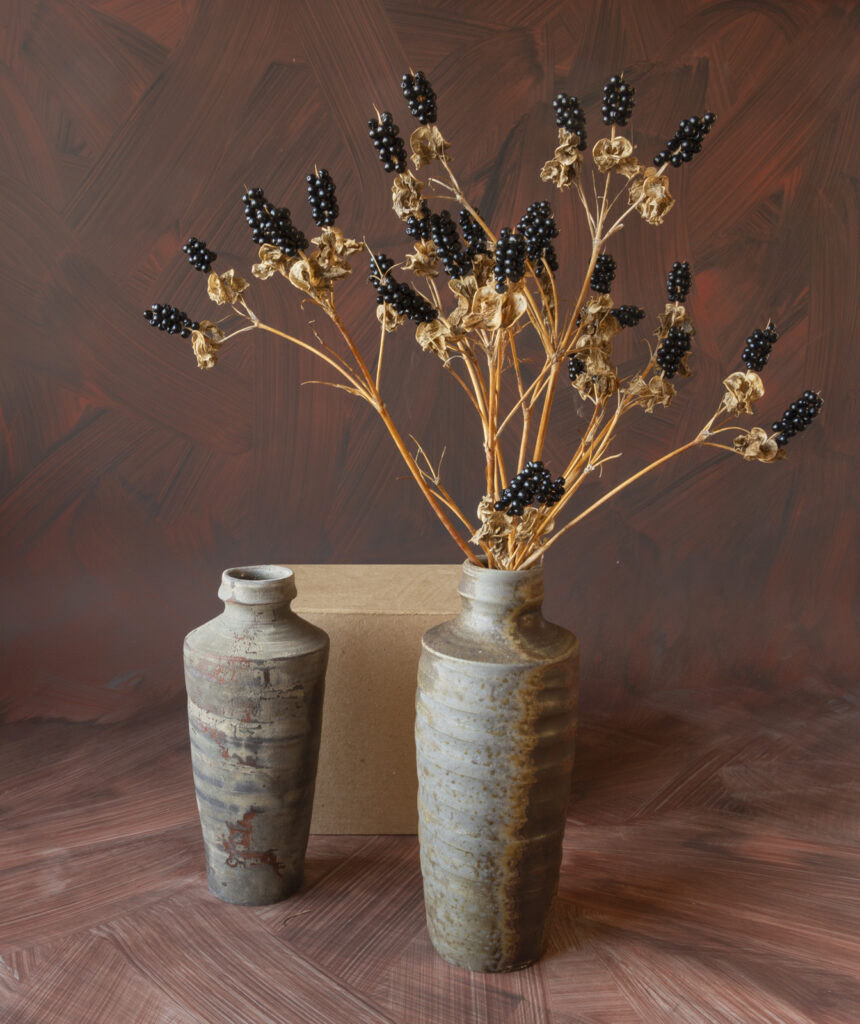
Life begins from now….
A new page…..!
Keep in touch.
–an email from Mikio, September 2021
